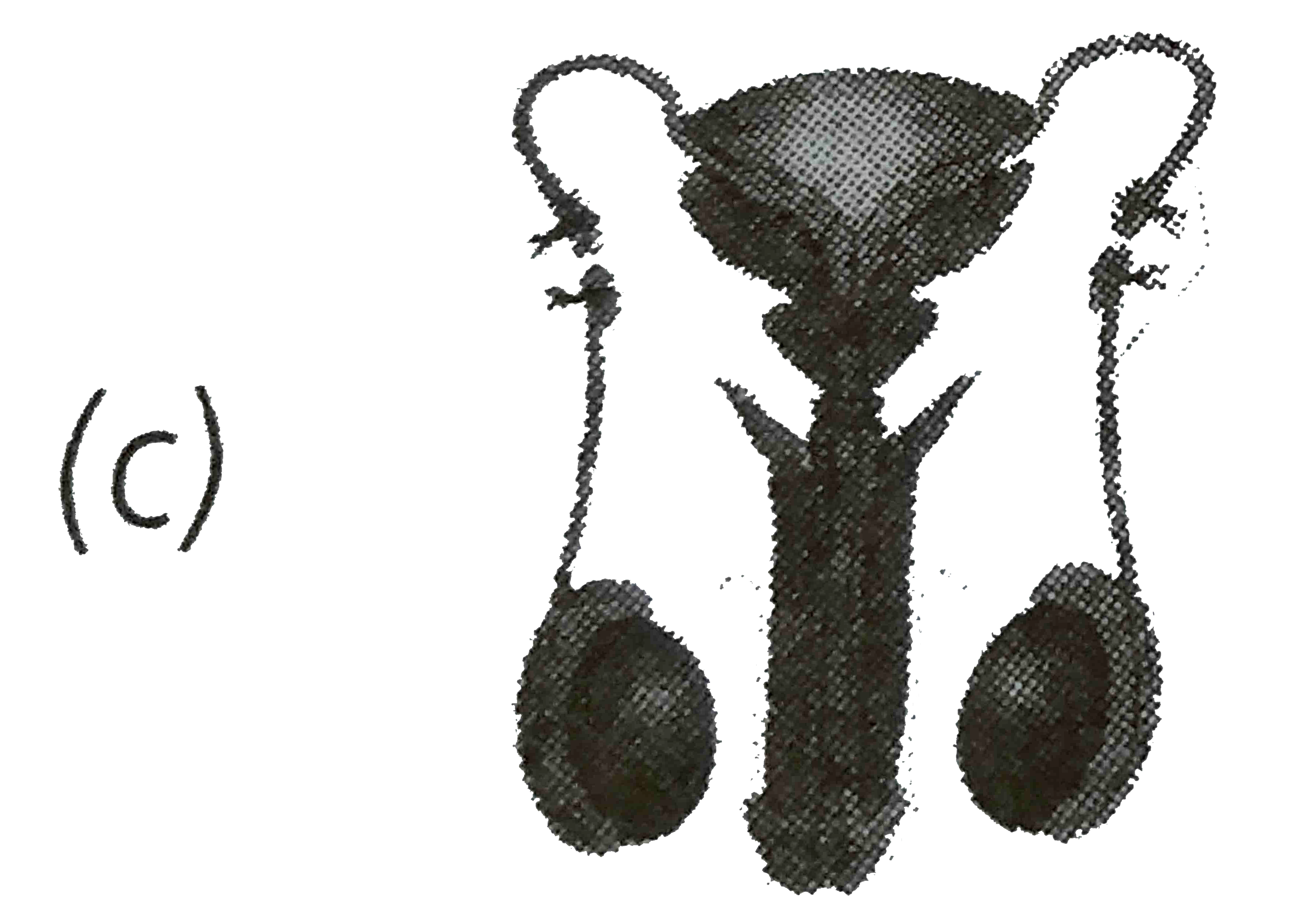Which of the following contraceptive method has least failure rate?
Barier method
Implanted contraceptive
Oral contraceptive
IUDs
The correct Answer is:B
To determine which contraceptive method has the least failure rate among the options provided, we will analyze each method step by step.
Step 1: Understand the Barrier Method
The barrier method primarily involves the use of condoms by the male partner. The purpose of this method is to prevent the fusion of male and female gametes, thereby preventing pregnancy. However, this method has a failure rate due to potential issues such as breakage or slippage of the condom.
Hint: Consider the reliability of physical barriers and potential for user error.
Step 2: Analyze the Implanted Contraceptive
The implanted contraceptive, also known as the Nexplanon method, involves inserting a small flexible plastic rod under the skin of the upper arm. This rod releases the hormone progesterone into the bloodstream, which inhibits ovulation and prevents pregnancy. This method is highly effective, with a failure rate of approximately 0.1%, meaning it is 99.9% effective in preventing pregnancy for up to three years.
Hint: Think about the duration of effectiveness and hormonal regulation in this method.
Step 3: Review Oral Contraceptive Methods
Oral contraceptives are pills taken by the female partner that contain hormones to prevent ovulation. While they can be effective, their success relies heavily on consistent and correct usage. If a pill is missed or taken incorrectly, the failure rate can increase.
Hint: Reflect on the importance of adherence to the regimen in this method.
Step 4: Examine Intrauterine Devices (IUDs)
IUDs are devices inserted into the uterus to prevent fertilization. They can be effective as long as they remain in place. However, their effectiveness can vary based on the type of IUD and the user's health conditions. Once removed, their contraceptive effect ceases.
Hint: Consider the temporary nature of effectiveness and the need for medical insertion.
Step 5: Compare the Failure Rates
- Barrier Method: Higher failure rate due to potential breakage or user error.
- Implanted Contraceptive: Very low failure rate (0.1%).
- Oral Contraceptives: Variable failure rate depending on adherence.
- IUDs: Generally effective but dependent on insertion and type.
Conclusion
Based on the analysis, the implanted contraceptive method has the least failure rate at 0.1%, making it the most reliable option among the methods discussed.
Final Answer: The contraceptive method with the least failure rate is B. Implanted contraceptive.
The barrier method primarily involves the use of condoms by the male partner. The purpose of this method is to prevent the fusion of male and female gametes, thereby preventing pregnancy. However, this method has a failure rate due to potential issues such as breakage or slippage of the condom.
The implanted contraceptive, also known as the Nexplanon method, involves inserting a small flexible plastic rod under the skin of the upper arm. This rod releases the hormone progesterone into the bloodstream, which inhibits ovulation and prevents pregnancy. This method is highly effective, with a failure rate of approximately 0.1%, meaning it is 99.9% effective in preventing pregnancy for up to three years.
Oral contraceptives are pills taken by the female partner that contain hormones to prevent ovulation. While they can be effective, their success relies heavily on consistent and correct usage. If a pill is missed or taken incorrectly, the failure rate can increase.
IUDs are devices inserted into the uterus to prevent fertilization. They can be effective as long as they remain in place. However, their effectiveness can vary based on the type of IUD and the user's health conditions. Once removed, their contraceptive effect ceases.
- Barrier Method: Higher failure rate due to potential breakage or user error.
- Implanted Contraceptive: Very low failure rate (0.1%).
- Oral Contraceptives: Variable failure rate depending on adherence.
- IUDs: Generally effective but dependent on insertion and type.
Based on the analysis, the implanted contraceptive method has the least failure rate at 0.1%, making it the most reliable option among the methods discussed.
Topper's Solved these Questions
Similar Questions
Knowledge Check
Which of the following contraceptive method has high rate of failure ?
AOral contraceptive pillsBImplantsCBarrier methodDPeriodic abstinenceWhich of the following contraceptive method is exclusively for males
ACondormsBVasectomyCTubectomyDIUCDsWhich of the following contraceptive methods has poor reversibility ?
A B
B C
C D
D
Which of the following contraceptive method is used can also help in preventing STD?
View SolutionWhich of the following contraceptive method make uterus unsuitable for implantation ?
View SolutionWhich of the following contraceptive method cannot be practically used?
View SolutionWhich of the following contraceptive methods do involve a role of hormone ?
View SolutionWhich of the following contraceptive methods correctly matches with its mode of action ?
View Solution
